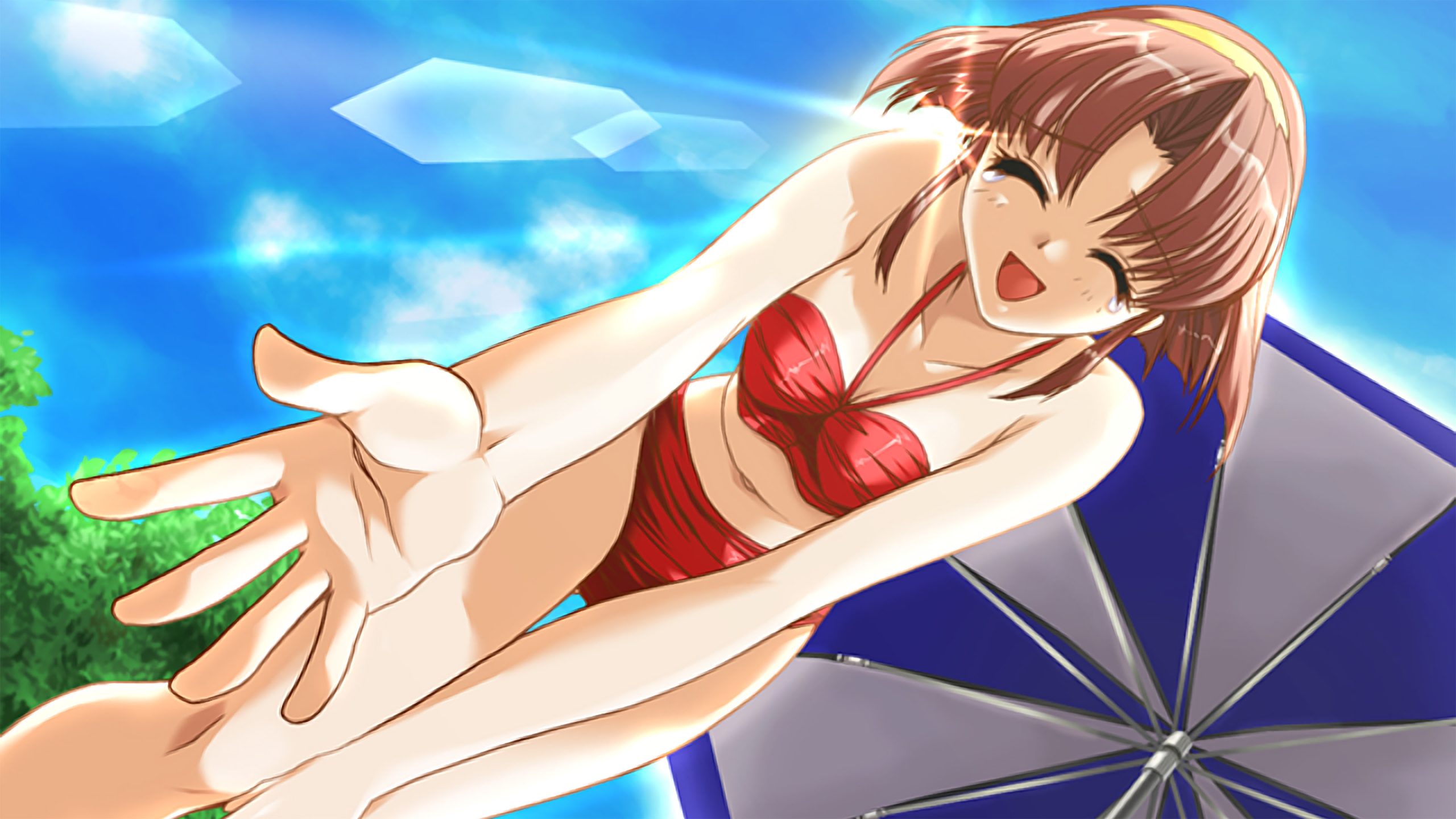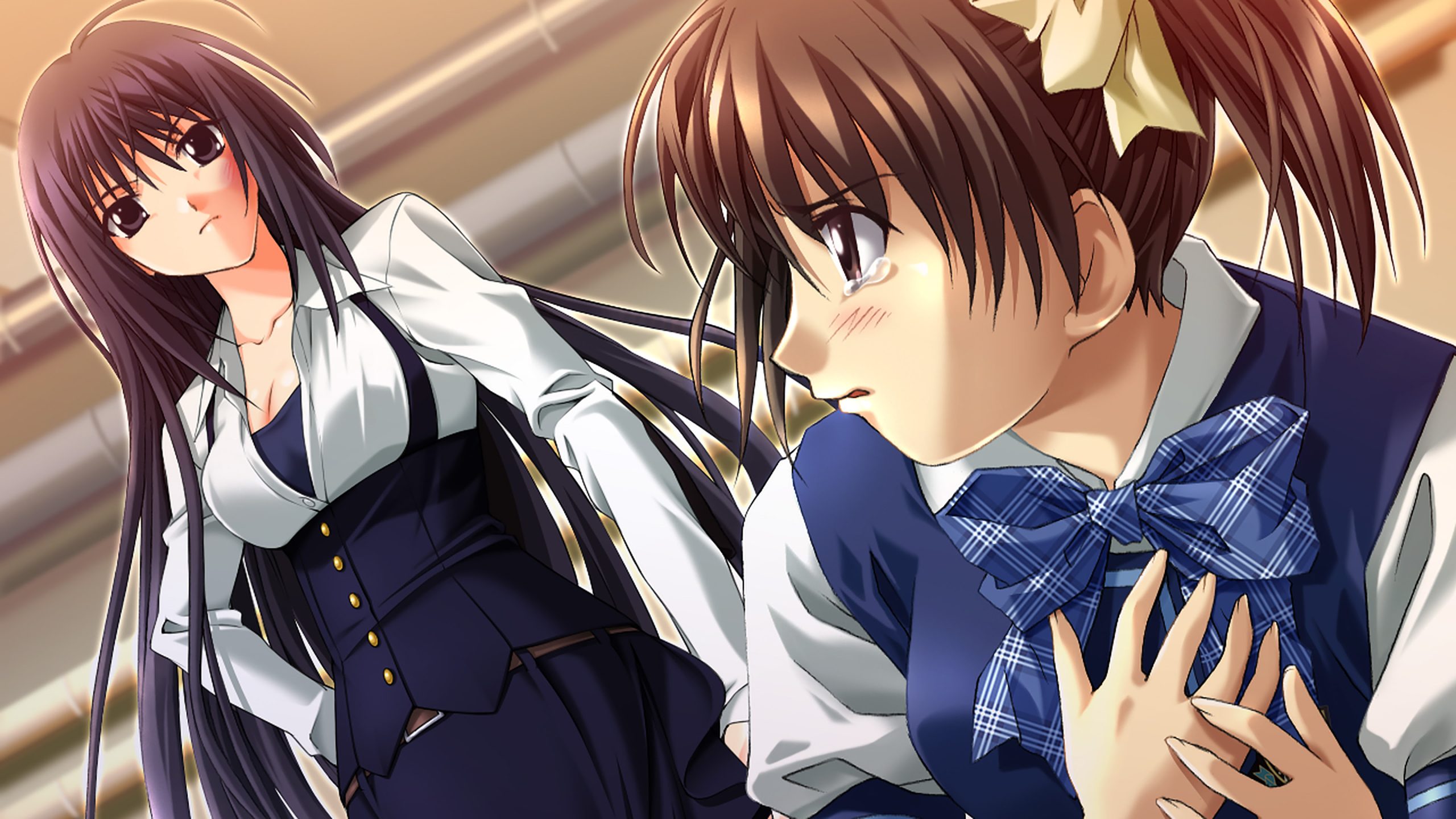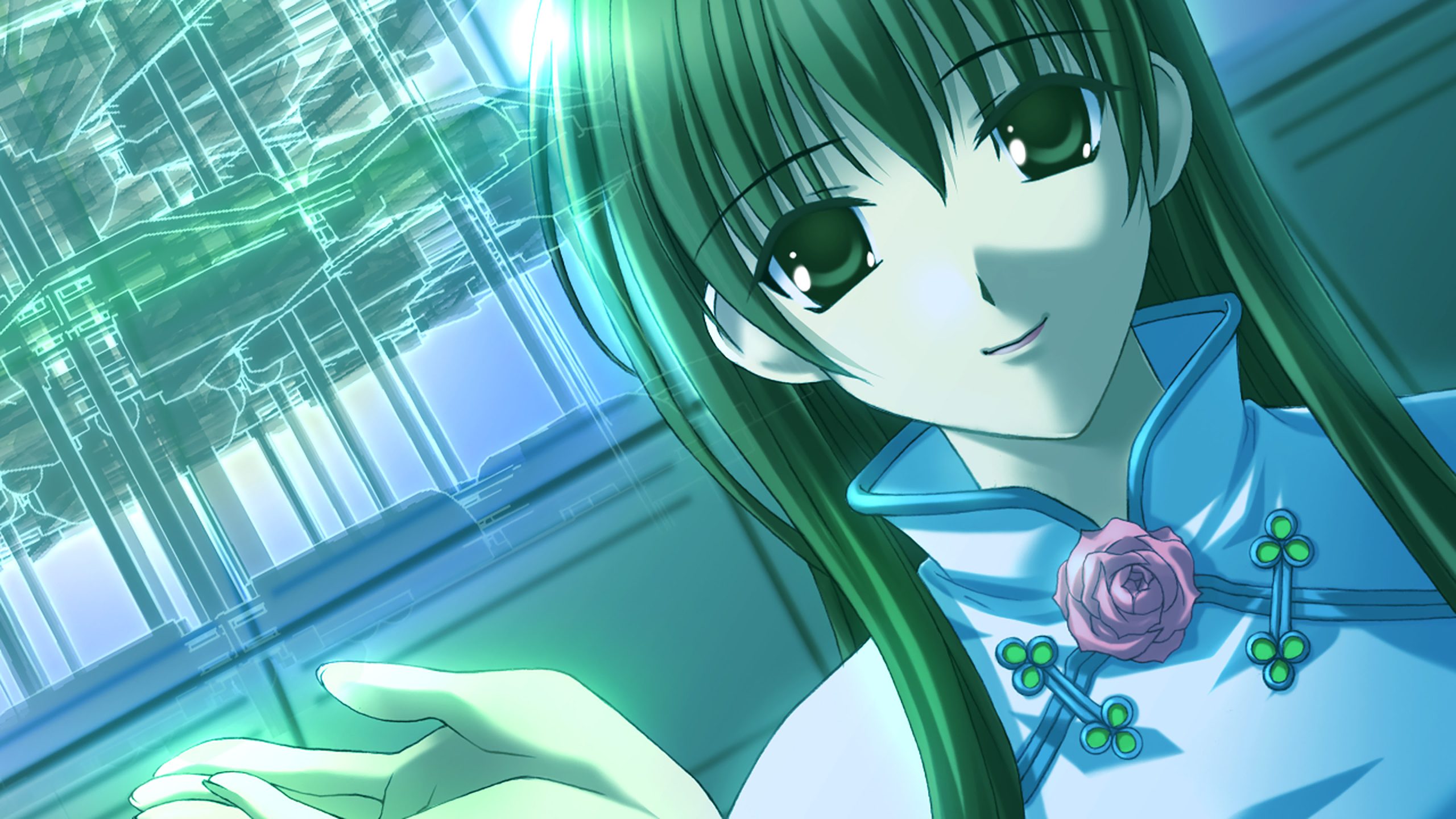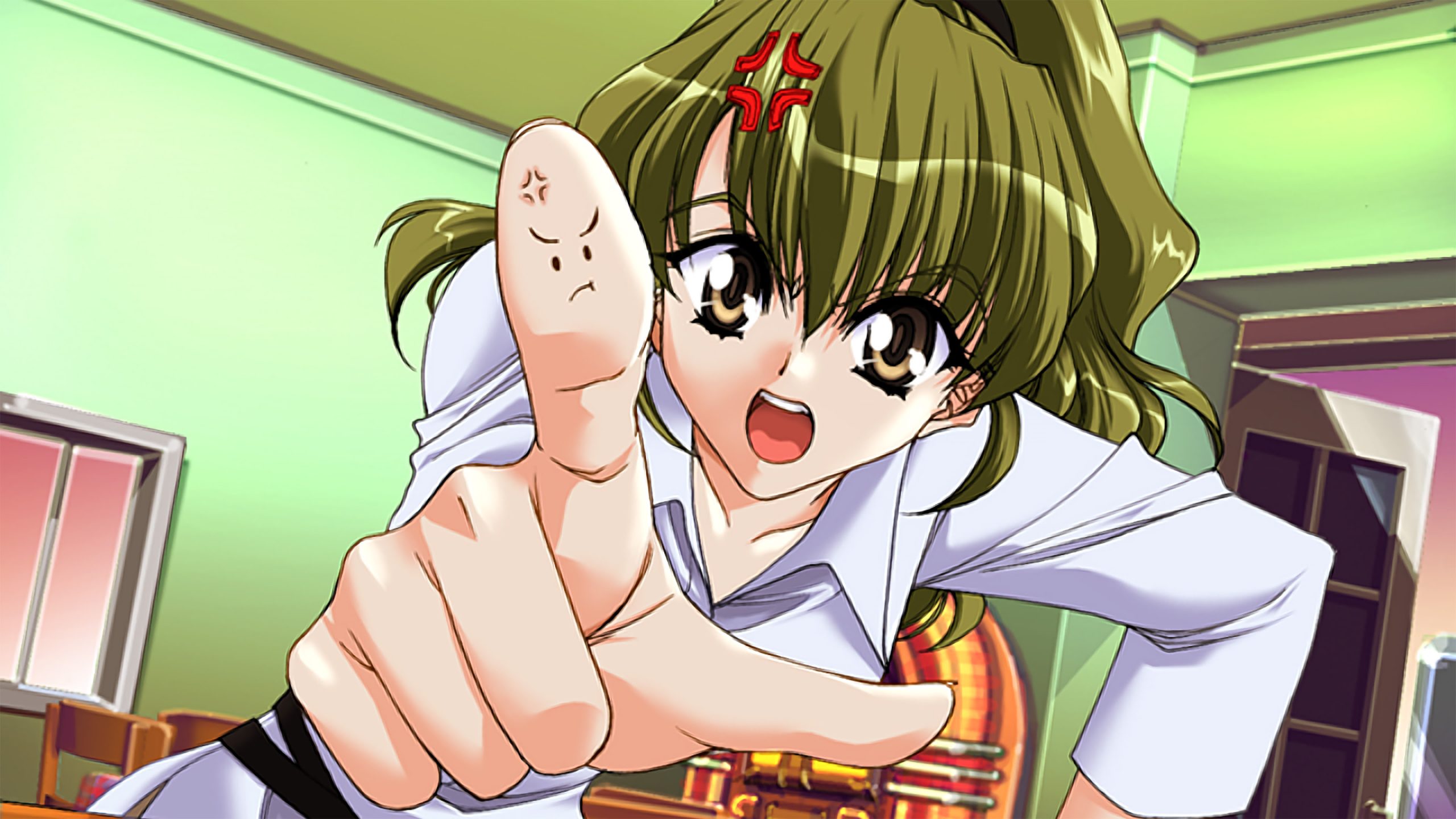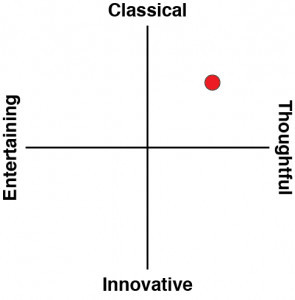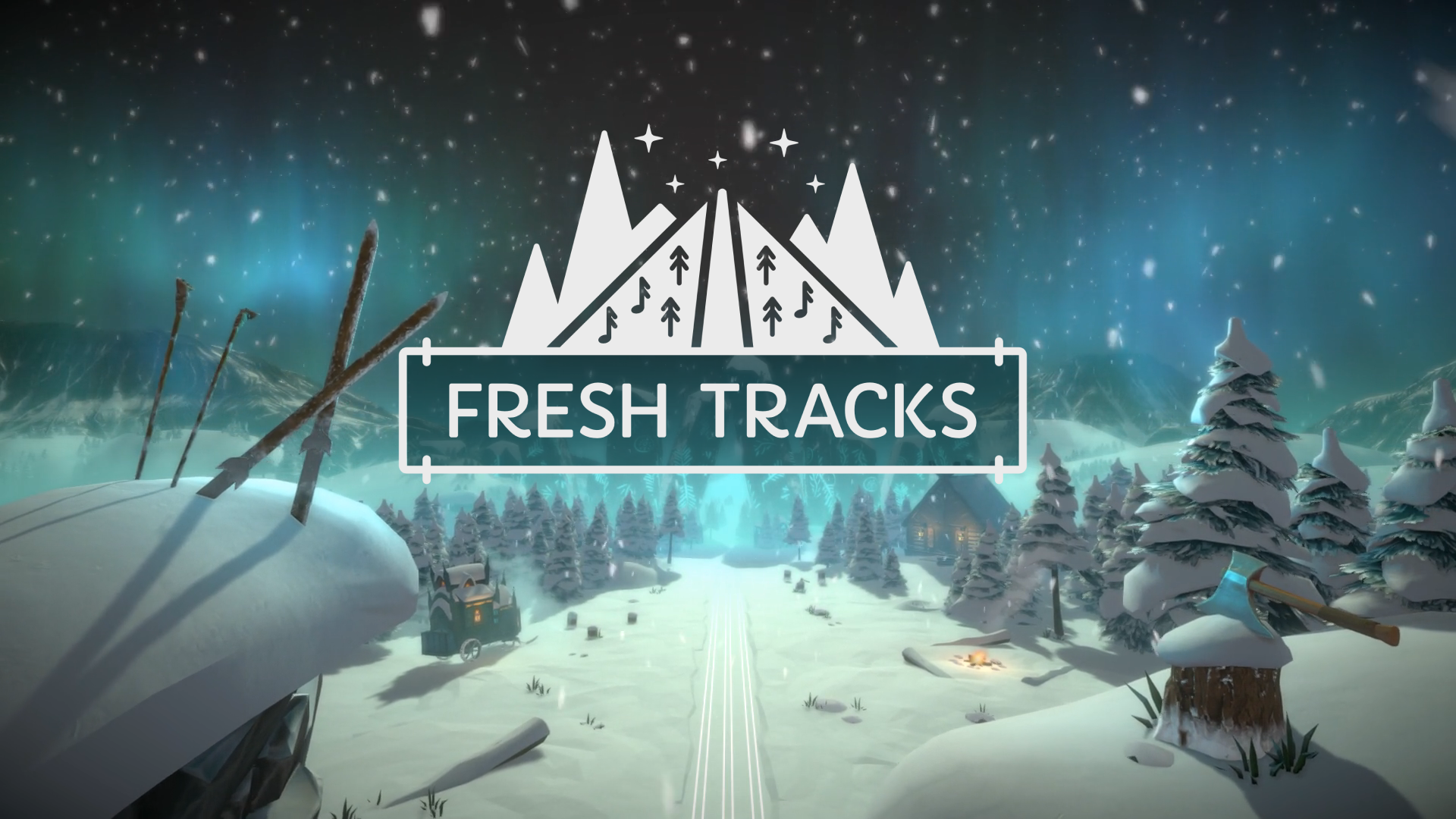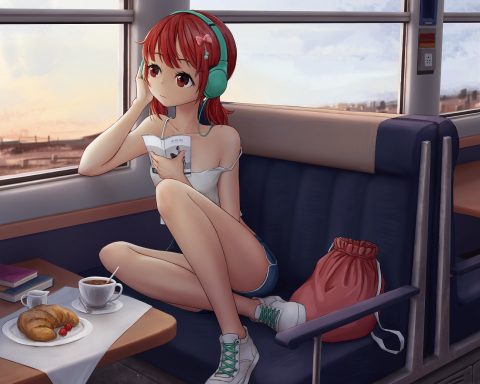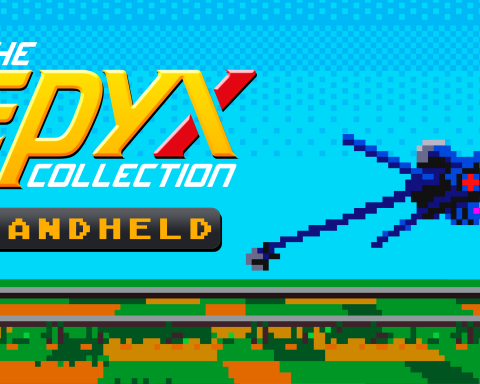Kotaro Uchikoshi will be remembered as one of the finest writers to work in the visual novel (and VN-adjacent) space. He is of course best known for the Zero Escape series and, more recently, the two utterly exceptional AI titles. Right at the start of his career, however, he worked in far more traditional VNs. Thanks to Spike Chunsoft publishing the remakes of Never 7: The End of Infinity and Ever 17: The Out of Infinity, we can all go back and realise that the guy has always been a genius.
Realistically if you’re going to play one of them, you’re best off buying the double pack. They’re entirely different VNs, but both share the Uchikoshi quality and are equally worth your time. My personal preference is Ever 17, but that’s only because it hits some pretty hard notes with me. In that one, you play as a guy who, along with a small group of other survivors, finds themselves trapped in an underwater theme park, with no way to communicate to the outside world, no way to escape, and 100 hours to live.
It resonated so strongly with me for two reasons: Firstly, I love survival puzzles like this. Ever since I did a course that challenged participants to answer the NASA Survival on the Moon exercise I’ve loved these kinds of impossible situation hypotheticals. The second reason is that I get claustrophobic in environments I can’t easily escape (i.e. in planes or under the ocean), so Ever 17 reads like a horror game to me. It isn’t, not really. It’s more of an thriller in the vein of something like Poseidon Adventure, but I was sweating my way through the story nonetheless.
In fact, playing it felt very adjacent to Root Double – which told a story about being trapped in a melting-down reactor. That one did have a stronger horror vibe and tension, but otherwise they are both thematically and narratively relatives to one another. With some heavy science fiction elements, interesting characters aside from a shrill little girl that I wish got stuck in the rushing waters early on (I feel bad for saying that but she is SO shrill), and clever use of decisions to really ramp the tension up, I found this visual novel to be an excellent roller coaster ride.
Never 7, meanwhile, takes place in a summer camp, over the course of a week. On the sixth day, a character dies, and from there, you move back in time, where you need to try and prevent that death from happening. Putting aside the time travel, this one’s a bit softer on the science fiction elements than we now expect from Uchikoshi, but it makes up for that with some intense characterisation. The somewhat limited scope of Never 7’s setting and timespan allows it to focus more on the character interactions and has a “dating game” and slice-of-life quality to it which is very appealing when paired with Uchikoshi’s writing quality.
(Side note: Early in his career Uchikoshi was the uncredited writer for an erotic visual novel, which he now claims to have no memory of. I’m assuming that’s just some reputation management now that he’s as mainstream as VN authors come, but nonetheless what I wouldn’t give to learn which VN that was and see this kind of quality writing applied to… porn).
Something that’s important to understand with Uchikoshi’s work, however – and this applies to his later games as much as his earlier ones – is that he definitely sees a scenario, plot, and characters as a vehicle for philosophising as much as storytelling features. In both games, even when the situation seems desperate or dire, characters will routinely break to have some pretty intense conversations or make some kind of observation. It’s never didactic or boring, mind you. It’s just that Uchikoshi has always been fairly unique that he approaches visual novels as though he were writing actual novels, so his work tends to have a more languid, thoughtful quality than similar equivalents from other artists.
Both games have been lavishly remade by MAGES for these re-releases, and, as always for that developer, the art is exquisite. The art team has softly blended “retro”-style visual novel aesthetics with modern sensibilities and the result is rich, evocative colours and characters with a naturalistic style, but plenty of vibrancy and personality.
I am, however, somewhat disappointed that there isn’t an option to revert back to the original aesthetics. Possibly more than any other genre, the presentation of classic visual novels is an art form unto itself, and while I am all for remaking them, I definitely think developers a missing a trick without having that toggle so they can admire the original artwork.
Never 7: The End of Infinity and Ever 17: The Out of Infinity are both very different experiences, but both are worth picking up because they give you an insight into one of the auteurs of our industry. Kotaro Uchikoshi has a rare talent for bringing a literary quality to his projects, and with these two we get to see what he was like at the beginning of his career. That’s a treat that you shouldn’t miss.
